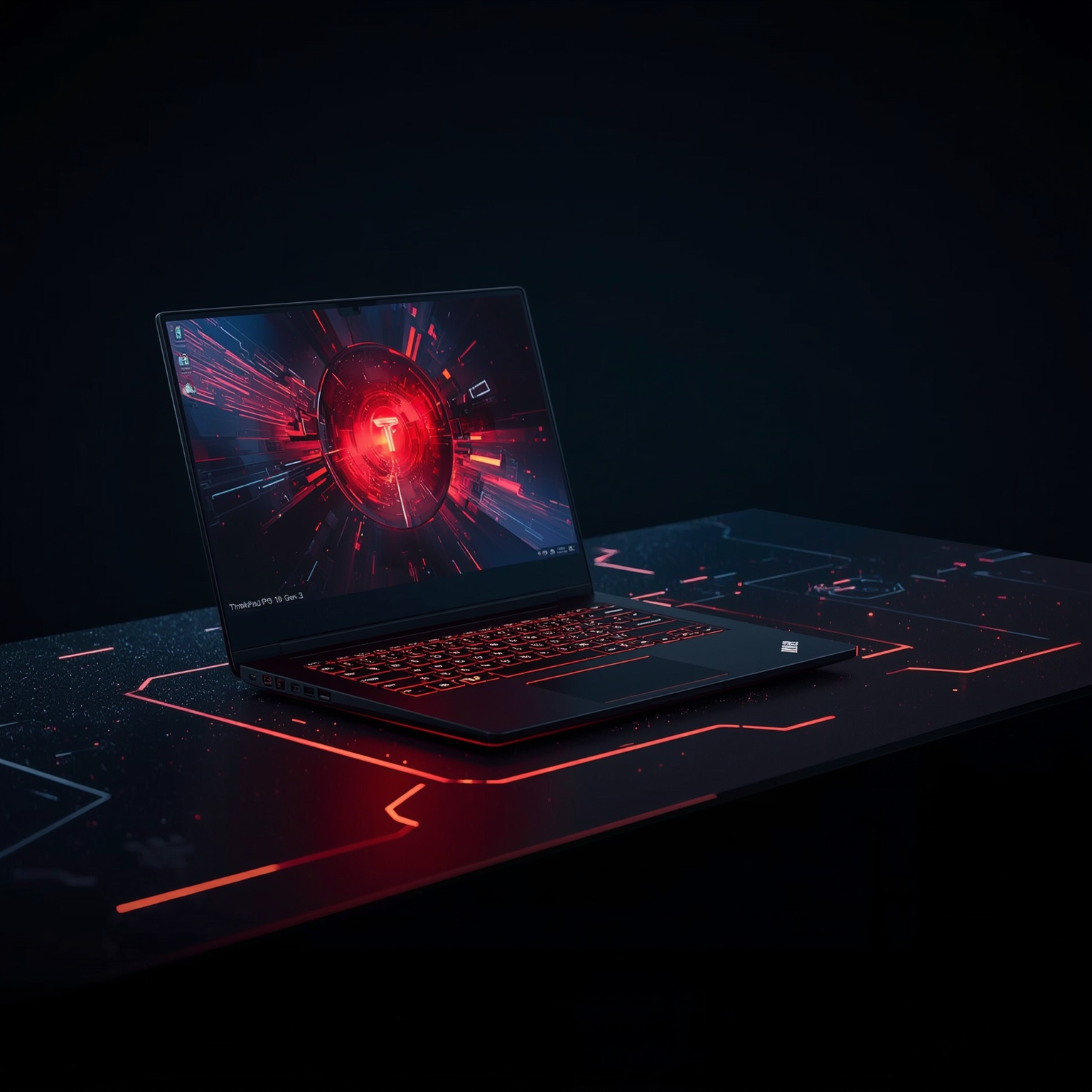Lenovo has strategically chosen the global stage of IFA to present its most commanding and uncompromisingly robust hardware, positioning this showcase as an opportunity to emphasize raw power over sleek minimalism. Leading this impressive lineup—both in terms of specification and price—is the ThinkPad P16 Gen 3, a machine that unequivocally stands at the pinnacle of Lenovo’s workstation offerings. Carrying a premium starting price tag of $3,339, it distinguishes itself as not merely the most expensive model in the range but also undeniably the most formidable in performance. Drive this superiority is the inclusion of Intel’s latest Core Ultra 200HX processors, designed to deliver exceptional computational throughput, paired with professional-grade graphics through optional Nvidia RTX Pro GPUs. For users requiring extreme multitasking capabilities, the system can be configured with a staggering 192GB of DDR5 memory, while storage expansion reaches an almost server-like ceiling of 12TB through PCIe Gen5 NVMe technology. Visual excellence is equally prioritized, with the option to equip a 16‑inch 3.2K OLED touchscreen, ensuring stunning color accuracy and sharp detail for creative professionals. However, such immense power and versatility come at the cost of considerable heft—the P16 Gen 3 measures over an inch thick and tips the scales starting at 5.6 pounds. Yet, Lenovo softens this drawback with thoughtful design choices, such as a user‑replaceable battery for extended machine longevity, along with the welcome inclusion of two next-generation Thunderbolt 5 ports, offering unrivaled connectivity and bandwidth.
For professionals who are unwilling to compromise on processing prowess but prefer something less bulky and more streamlined, Lenovo introduces the ThinkPad P1 Gen 8 as a compelling alternative. This model narrows the focus slightly, employing Intel’s Core Ultra 200 H‑series processors, which, while still highly capable, are geared toward balancing performance with efficiency. Graphics performance here is capped at the RTX Pro 2000 tier, a step below the mightier RTX Pro 5000 options available on the P16, making it better suited for demanding professional tasks that require mobility rather than maximal hardware firepower. Importantly, users still benefit from the same two Thunderbolt 5 ports and can choose the elegant 16‑inch OLED display for superior visuals. What sets the P1 Gen 8 apart is its refined chassis design: slimmer at just 0.8 inches thick and nearly a pound and a half lighter than the P16, it weighs only 4 pounds. This makes it considerably easier to transport while still falling under the powerful workstation category. Priced from $2,819, it presents itself as a more practical yet still premium solution for engineers, designers, or creators who need advanced performance in a package that leans toward portability rather than imposing bulk.
Yet paradoxically, despite the ThinkPad P16 Gen 3 clearly projecting itself as the heavyweight in the professional workstation class, it is not officially the most massive laptop Lenovo is presenting at IFA. That distinction belongs to the Legion Pro 7, a gaming‑focused system that pushes physical scale and hardware performance even further. Measuring a slightly slimmer 1.05 inches in thickness, it paradoxically weighs more—at a solid 6 pounds—placing it firmly in the desktop replacement category. With a starting price of $2,399, it aims at a different audience altogether: serious gamers as well as professionals who rely on gaming‑grade performance for tasks involving real‑time rendering or simulation. The Legion Pro 7 can be configured with AMD’s cutting‑edge Ryzen 9955HX3D processor, designed to maximize gaming frame rates and multitasking efficiency, combined with Nvidia’s GeForce RTX 5080 GPU, one of the most advanced consumer GPUs available. Such a pairing easily meets the requirements of driving modern AAA titles to their limits, achieving fluid gameplay at ultra‑high settings. These specifications complement a stunning 16‑inch OLED display boasting a blistering 240Hz refresh rate, making it ideal not just for gaming, but also for scenarios where fast response times and smooth motion visualization are critical. For those to whom a 16‑inch screen simply does not suffice, Lenovo has also expanded its gaming ecosystem with a set of dedicated OLED gaming monitors. This trio consists of the Pro 27Q‑10 priced at $699.99, the more premium Pro 27UD‑10 at $999.99, and the expansive Pro 32UD‑10 at $1,099.99, collectively catering to users seeking immersive, high-fidelity gaming displays with different resolutions and screen sizes.
Through these diverse announcements, Lenovo underscores a deliberate strategy to position itself at the forefront of both professional workstations and high-end gaming machines, confidently embracing bulk, weight, and price when necessary in exchange for unrivaled levels of performance and versatility. Whether one prioritizes uncompromising workstation power, balanced mobility with professional-grade capability, or immersive next-generation gaming, Lenovo has ensured that its IFA showcase delivers a robust solution tailored for each demanding audience.
Sourse: https://www.theverge.com/news/771674/lenovo-thinkpad-p16-gen-3-ifa



